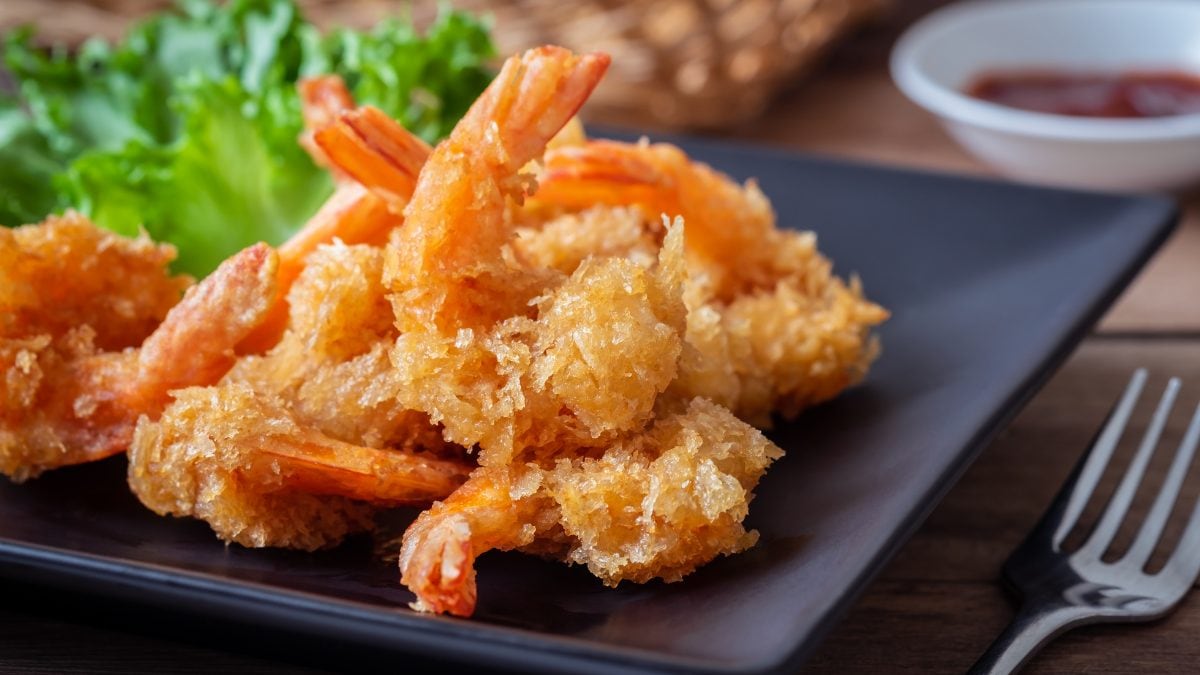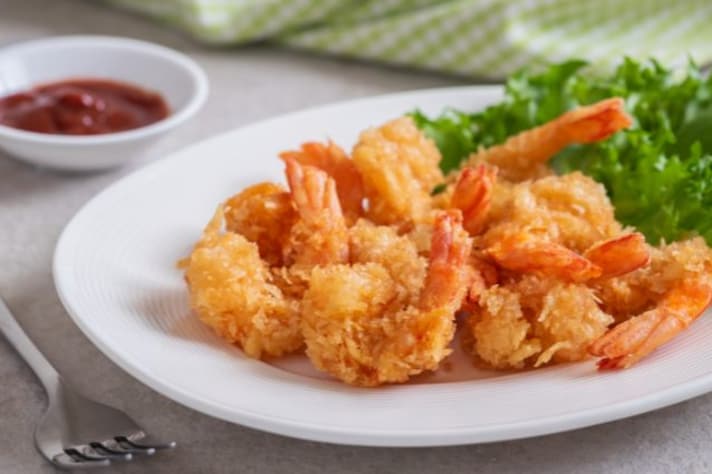
The tail on a breaded shrimp might seem small, but it’s really important. It affects how the shrimp is eaten, enjoyed, and cooked. Some people think taking the tail off before breading makes eating easier. However, it actually makes things more difficult. Without the tail, eating can become tricky, and the shrimp may not end up as crispy.
The tail acts like a natural handle. It lets you pick up the shrimp without getting crumbs all over your fingers. If you remove the tail, eating shrimp can get messy and inconvenient.
When cooking, the tail helps the breadcrumbs stick better. Without it, the breading can fall off easily during frying, leading to uneven texture—often soggy instead of crispy.

The tail also helps maintain the shrimp's shape while frying. Without it, the shrimp can curl too much, causing the breading to crack or come off. A properly breaded shrimp should have an even coating, and the tail supports that.
Leaving the tail on does more than just make the shrimp look nice. It keeps the eating experience simple, ensures crispiness, and improves cooking. So, when you prepare shrimp, don’t remove the tail. It's more helpful than you might think.
;Resize,width=767;)
